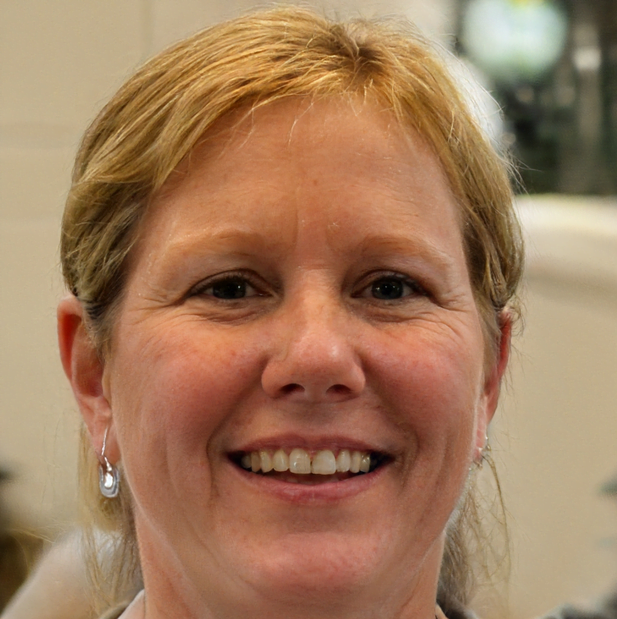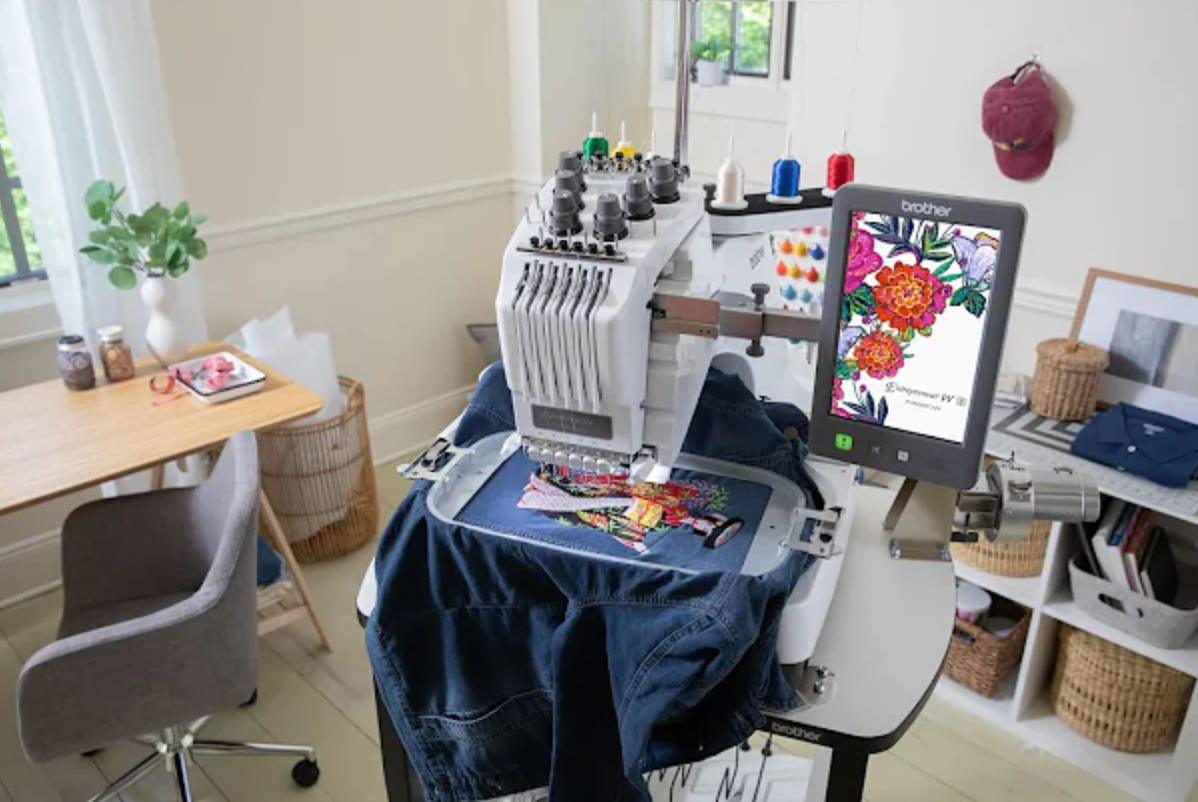The Many Types of Machine Embroidery
Did you know that there are actually a lot of different types of machine embroidery? While uploading free embroidery designs you’ve downloaded, or even your own custom standard designs is fun – there’s a lot more to machine embroidery! Here are some of the many types of machine embroidery you can use in your projects.
Free-Motion Embroidery
Free-motion embroidery, also known as free-motion quilting, involves using a sewing machine with a specialized embroidery foot. The fabric is moved freely under the needle, allowing the embroiderer to create intricate designs, patterns, and textures. This type of embroidery is often used for artistic and decorative purposes.
Computerized Machine Embroidery
Computerized machine embroidery involves the use of embroidery machines that can automatically stitch intricate designs based on digital files. Digitized designs are loaded into the machine, and it follows the programmed instructions to create precise and detailed embroidery. Computerized machine embroidery is widely used in both commercial and hobbyist settings and it’s the standard embroidery machine work you’re used to.
3D Foam Embroidery
3D foam embroidery involves placing foam underneath the stitches to create a raised, three-dimensional effect. This technique is often used for adding dimension to letters, logos, or other design elements. The foam provides a padded appearance, making the embroidery stand out. This is sometimes called puff embroidery and is very commonly used to make the raised 3D designs you’ve seen on hats.
Appliqué Embroidery
Appliqué involves attaching pieces of fabric onto a base fabric and then stitching around the edges. In machine embroidery, appliqué designs are often pre-cut fabric shapes that are embroidered onto the fabric. This technique allows for a variety of textures and colors in the final design.
Trapunto Embroidery
Trapunto, or “stuffed” embroidery, involves creating a raised effect by adding extra padding or stuffing under certain areas of the design. This technique adds dimension and texture to the embroidered piece.
Quilting with Machine Embroidery
Machine embroidery is often used in conjunction with quilting to add intricate and detailed designs to quilted projects. Quilting machines equipped with embroidery capabilities can create beautiful and complex quilt patterns. This one is similar but different to free-motion embroidery, because you’ll be creating quilt block embroidery designs separately.
Cutwork Machine Embroidery
Cutwork machine embroidery involves stitching a design onto fabric and then cutting away certain areas to create openwork or lace-like patterns. This technique is often used for delicate and decorative textiles.
Heirloom Machine Embroidery
Heirloom embroidery refers to machine embroidery techniques that mimic traditional hand-sewn heirloom sewing, incorporating delicate stitches, lace, and intricate details. It is commonly used in crafting timeless garments.
In-the-Hoop Embroidery
In-the-hoop embroidery involves creating entire projects within the embroidery hoop. This technique is often used for making items like coasters, pouches, or stuffed toys entirely through machine embroidery. It’s pretty cool, and it’s a great way to get even more use out of your embroidery machine!
Reverse Appliqué with Machine Embroidery
Reverse appliqué combines traditional appliqué with machine embroidery. Fabric layers are stitched together, and then sections are cut away to reveal the layers underneath, creating a unique and textured effect.
Redwork Embroidery
Redwork is a style of machine embroidery characterized by stitching designs in a single color, typically red. It often features nostalgic or vintage-inspired patterns and is commonly used for quilt blocks and kitchen linens.
Freestanding Lace Embroidery
Freestanding lace (FSL) is created by stitching embroidery designs on water-soluble stabilizer. Once the stitching is complete, the stabilizer is washed away, leaving behind a delicate lace-like structure. This technique creates beautiful designs that make for lovely Christmas decorations, 3 Dimensional flowers, bookmarks, and more.
Keen to give FSL designs a try? Check out this blog post for some free FSL embroidery design downloads to practice with!
Cording and Piping Embroidery
Cording and piping embroidery involves incorporating cords or piping into the embroidery design. The machine stitches over the cords, creating a raised effect. This technique is used for adding texture and dimension to various items, including garments and home decor.
Tapestry Embroidery
Tapestry embroidery mimics the appearance of woven tapestries. The machine stitches dense patterns to create a fabric-like texture. This technique is often used for decorative items, home furnishings, and adding a classic touch to various fabrics.
Chenille Embroidery
Chenille embroidery creates a soft, textured effect resembling chenille fabric. The technique involves layering threads on the fabric and then cutting them to create a fuzzy appearance. This type of embroidery is often used for creating textured designs on items like blankets and towels.
Cross- Stitch Machine Embroidery
Cross-stitch machine embroidery replicates the look of traditional hand-stitched cross-stitch. The machine stitches intersecting diagonal and horizontal stitches to create the characteristic X-shaped stitches. This technique is popular for creating intricate and detailed designs reminiscent of hand embroidery.
In closing, machine embroidery is such a varied art form! There are so many cool techniques and methods to try. Hopefully this article gave you a bit of inspiration for some new project ideas. Happy crafting!

Barb, our resident quilter and embroidery aficionado, weaves a thread of creativity through our collection. Serving as the curator of machine embroidery content, Barb infuses each design with a touch of her artistic expertise. The free embroidery patterns you discover on our site often bear the mark of Barb’s craftsmanship. Let’s get crafting!






